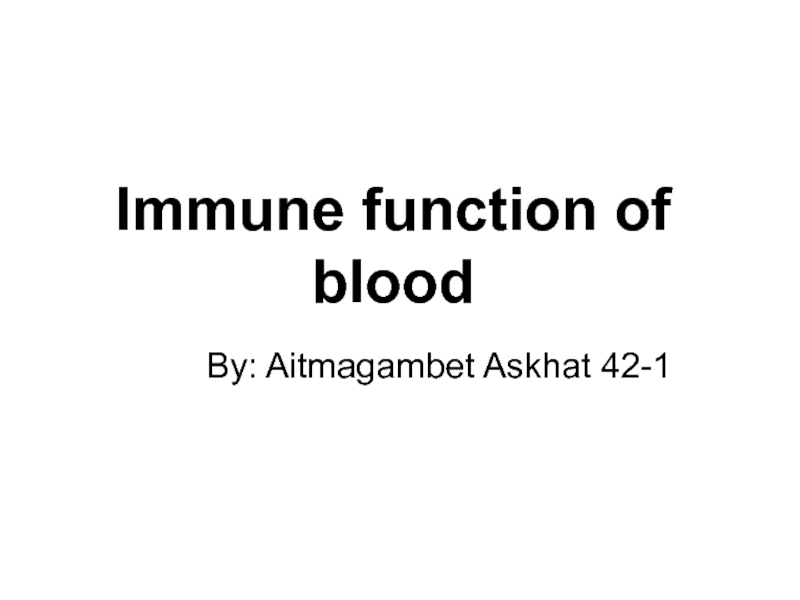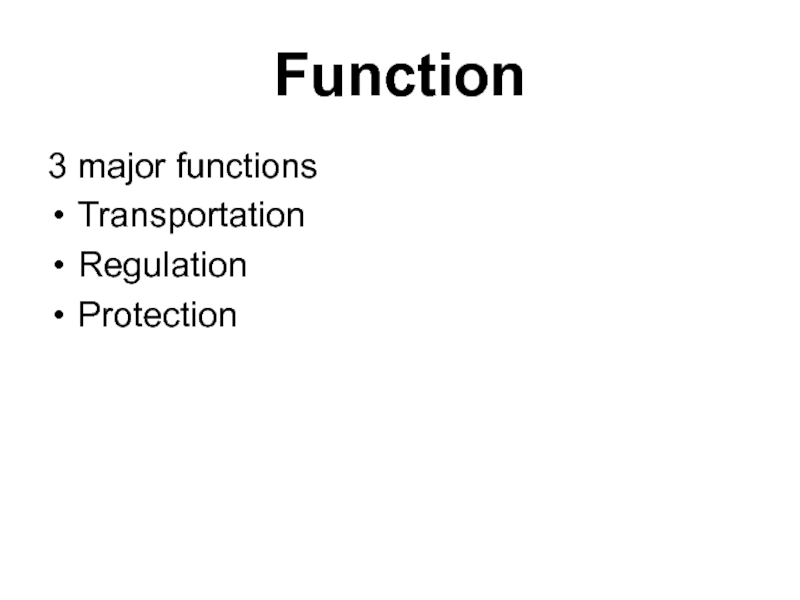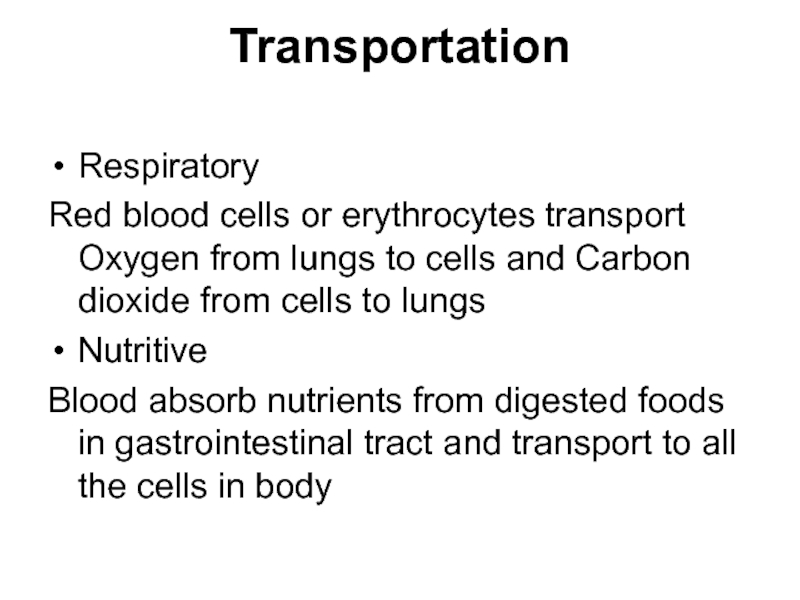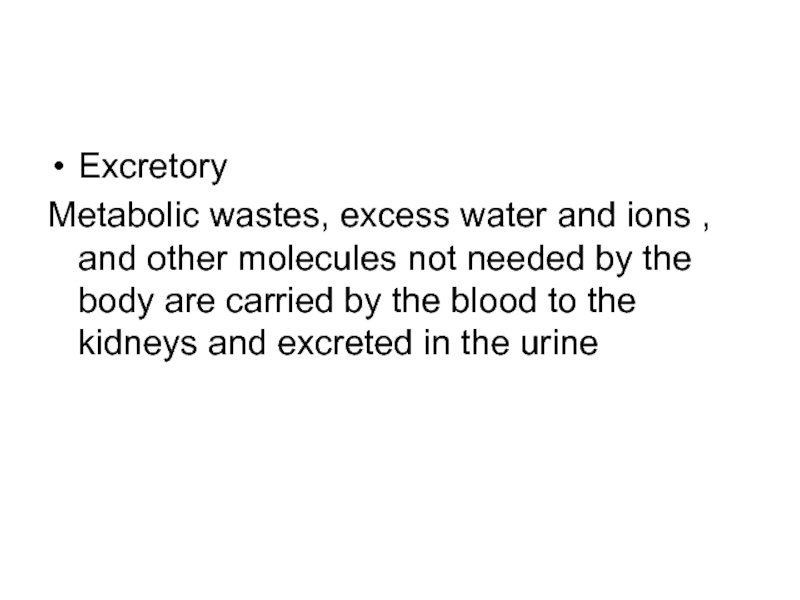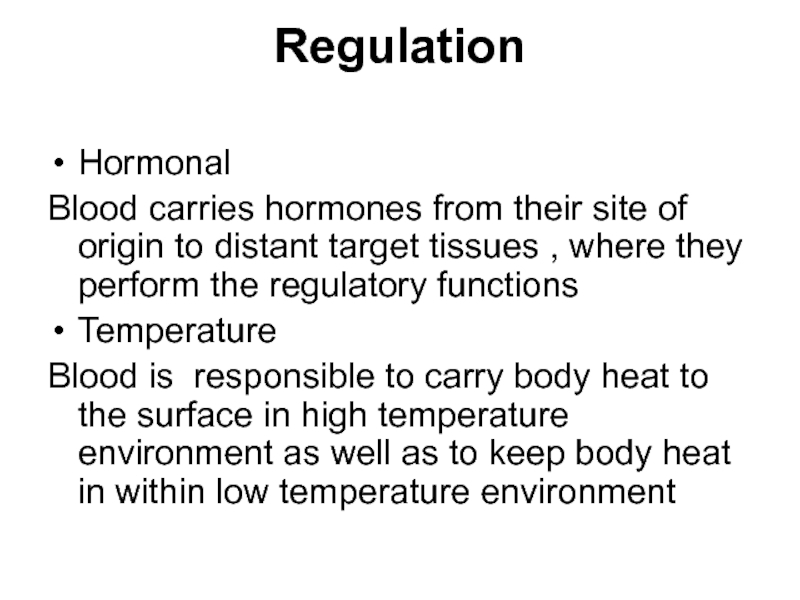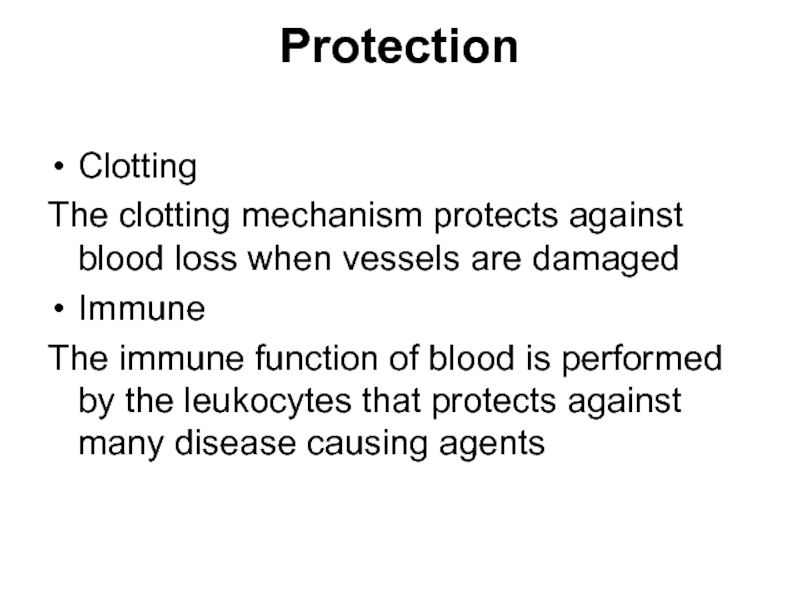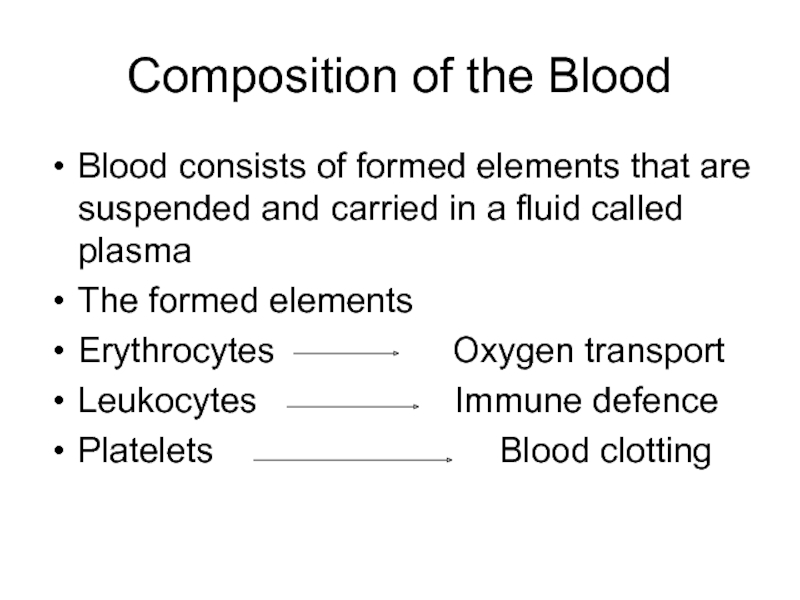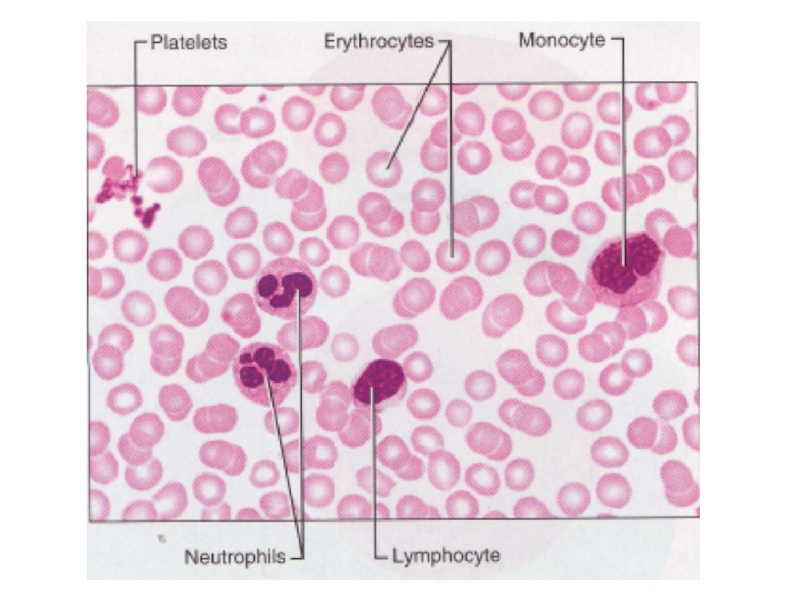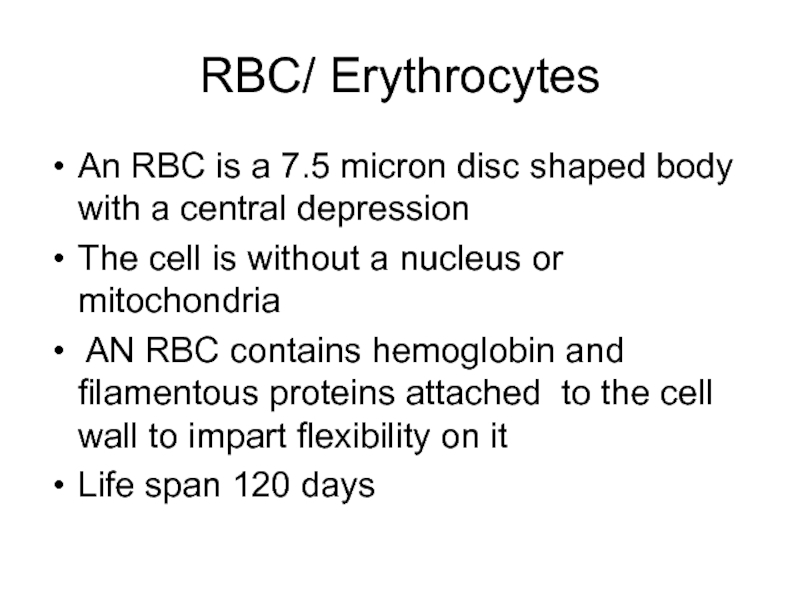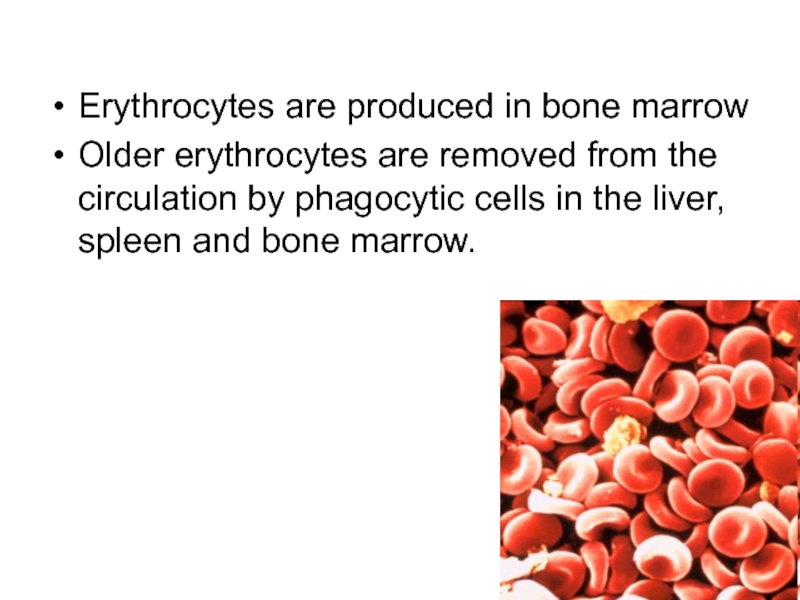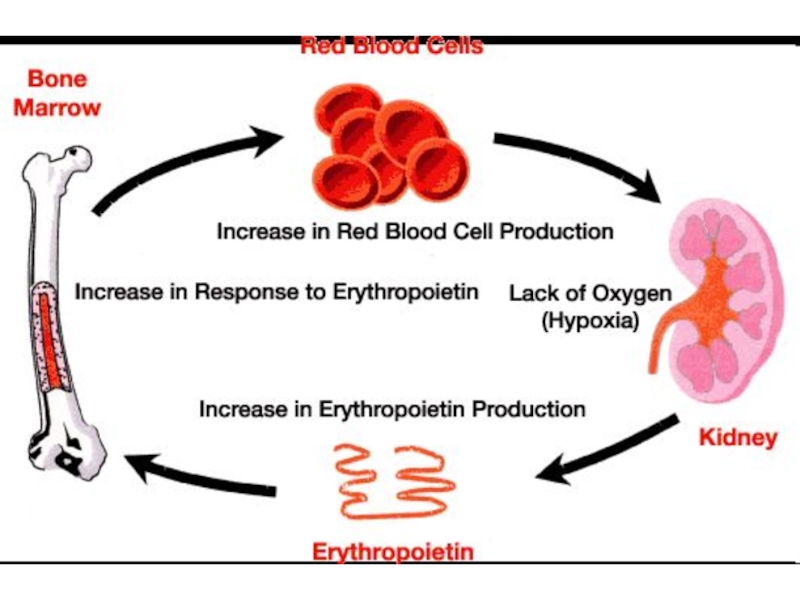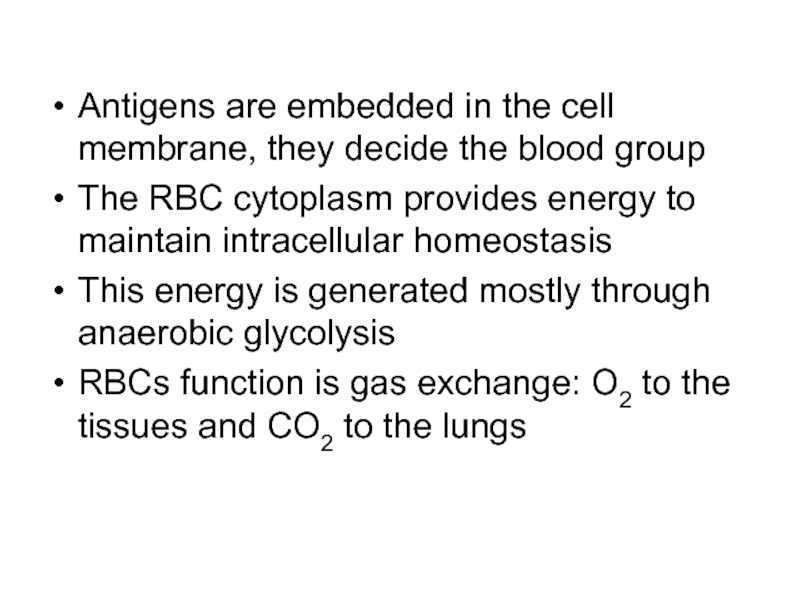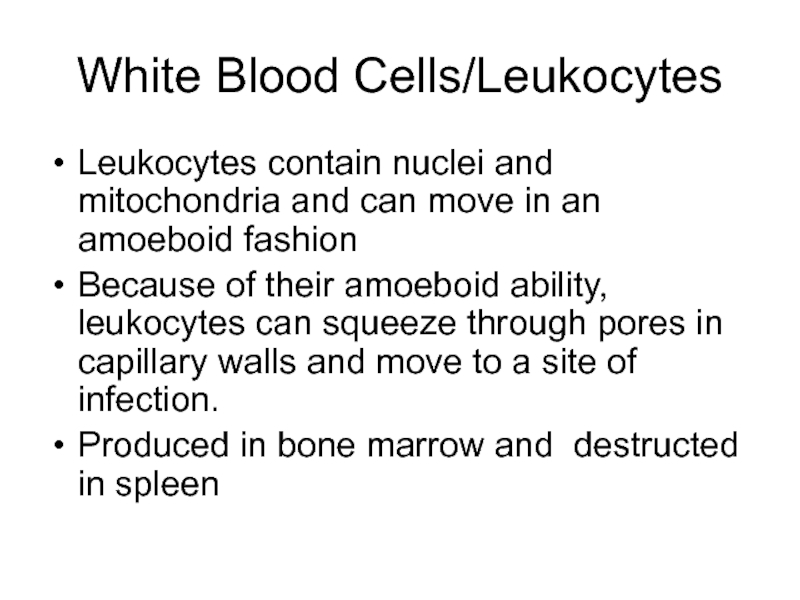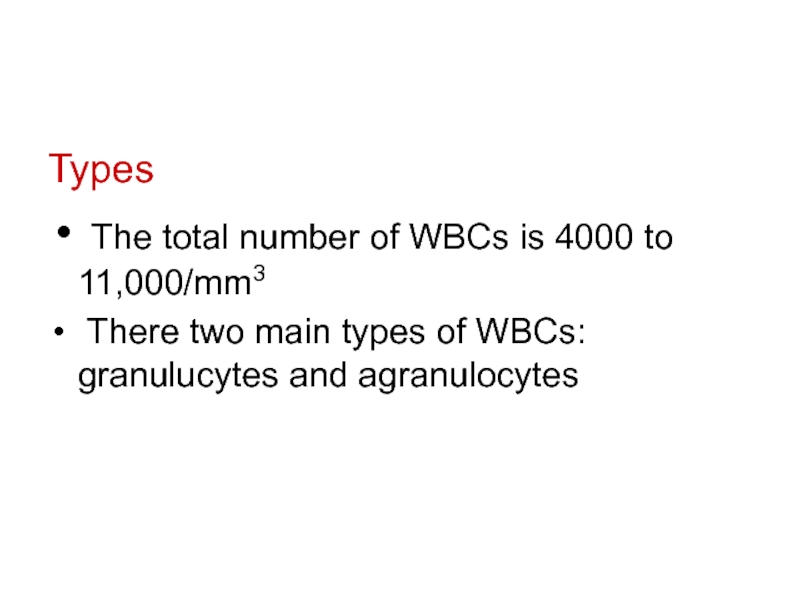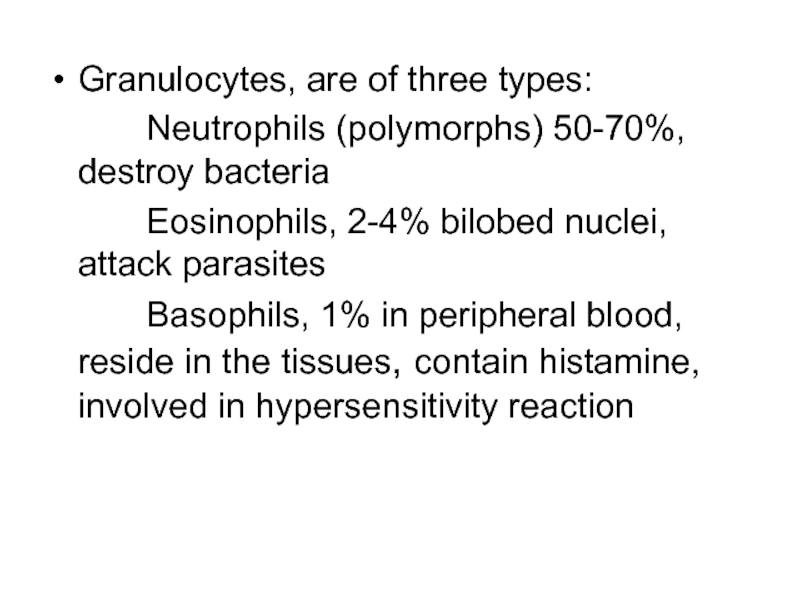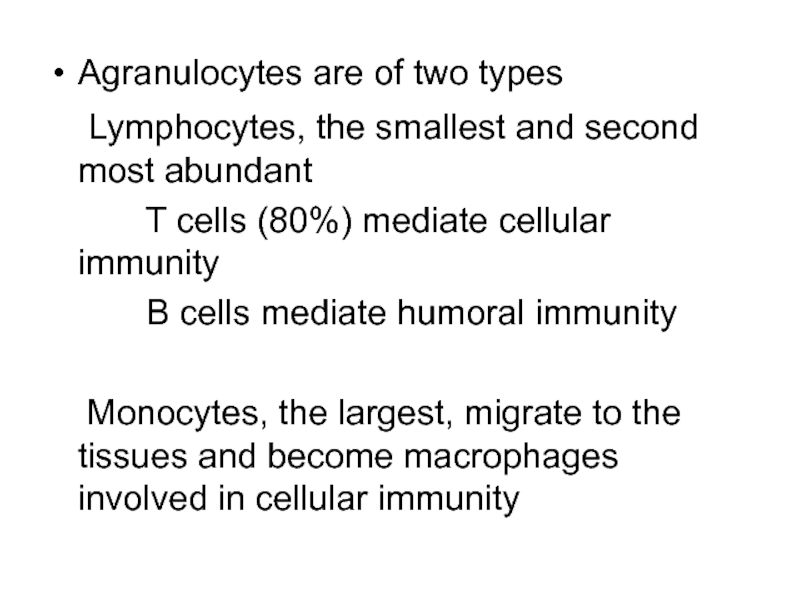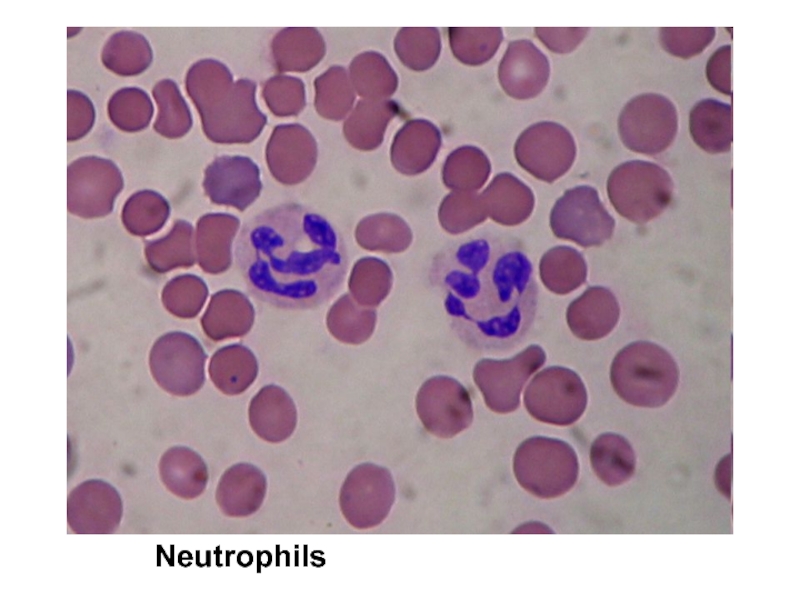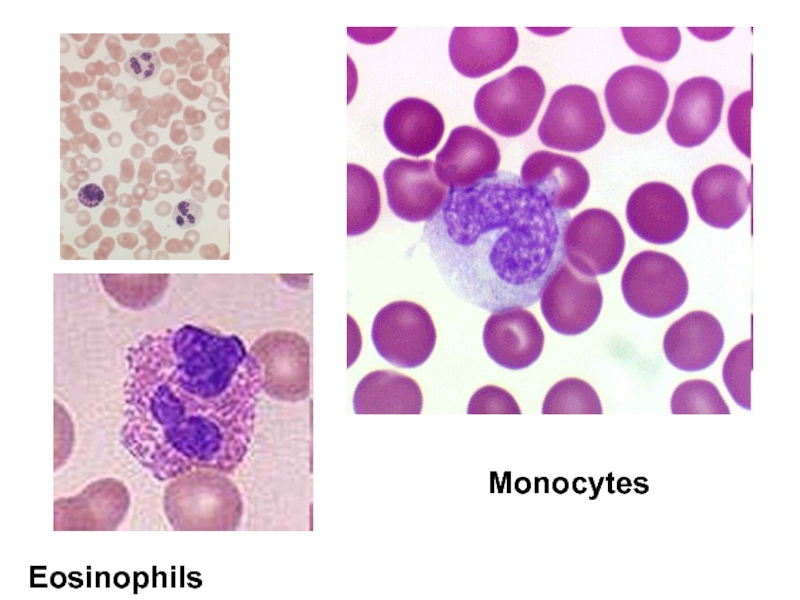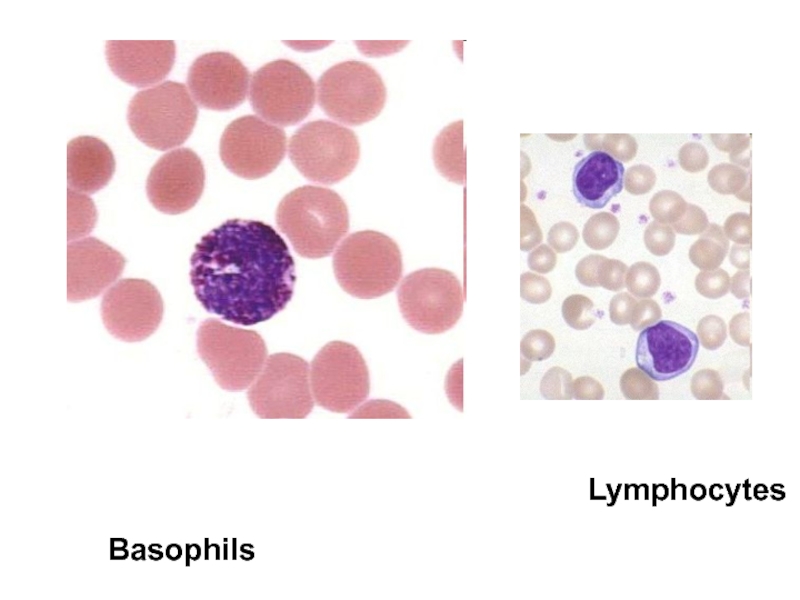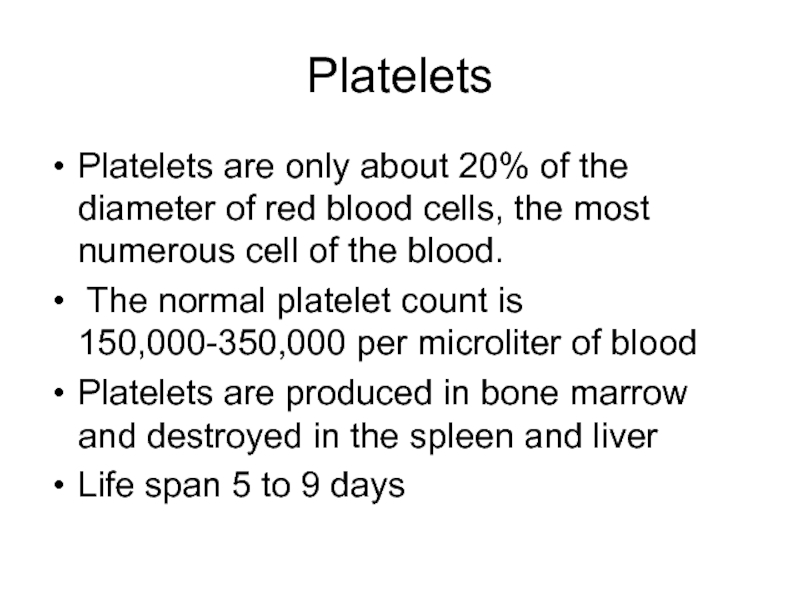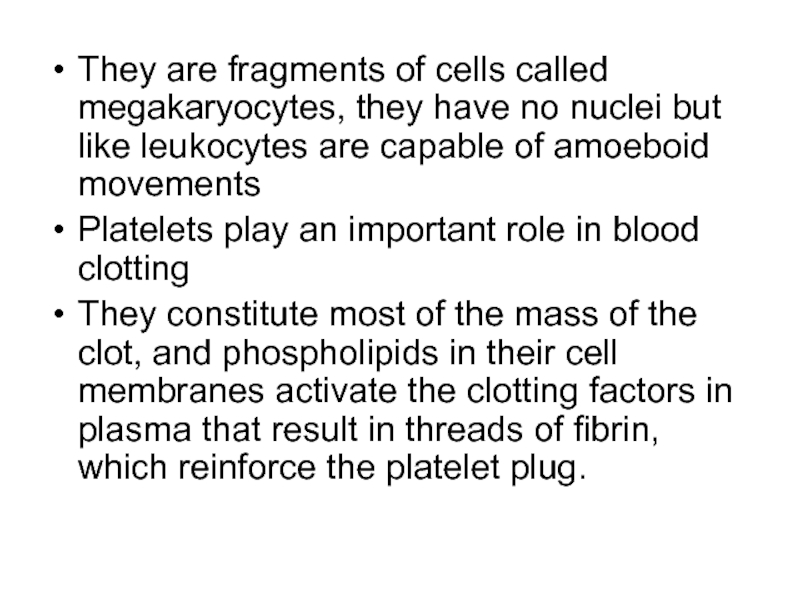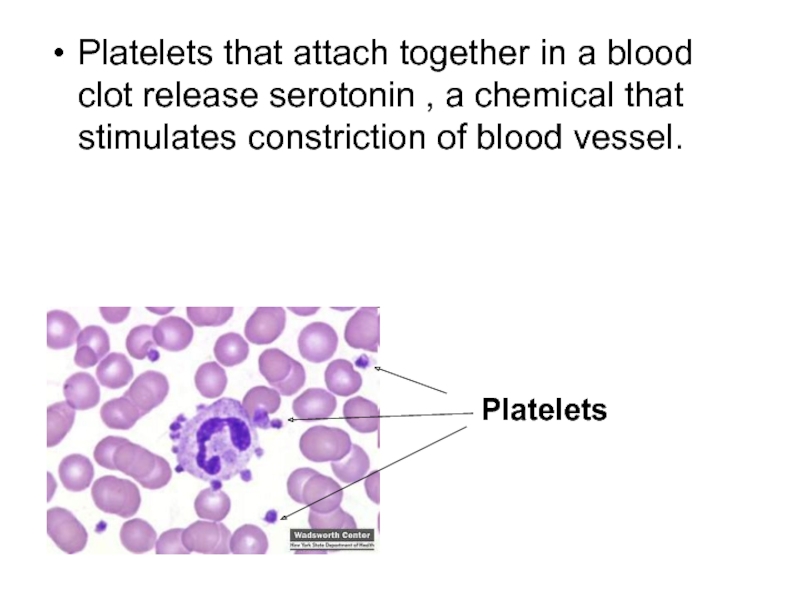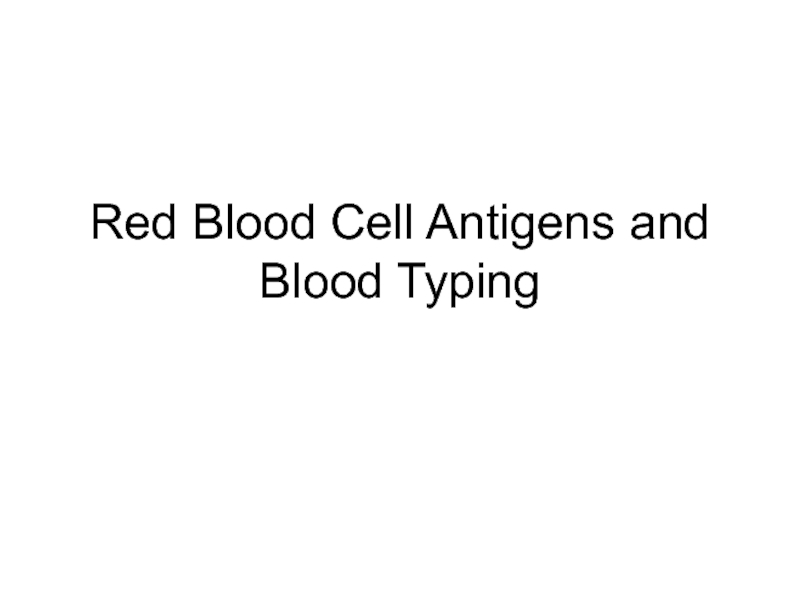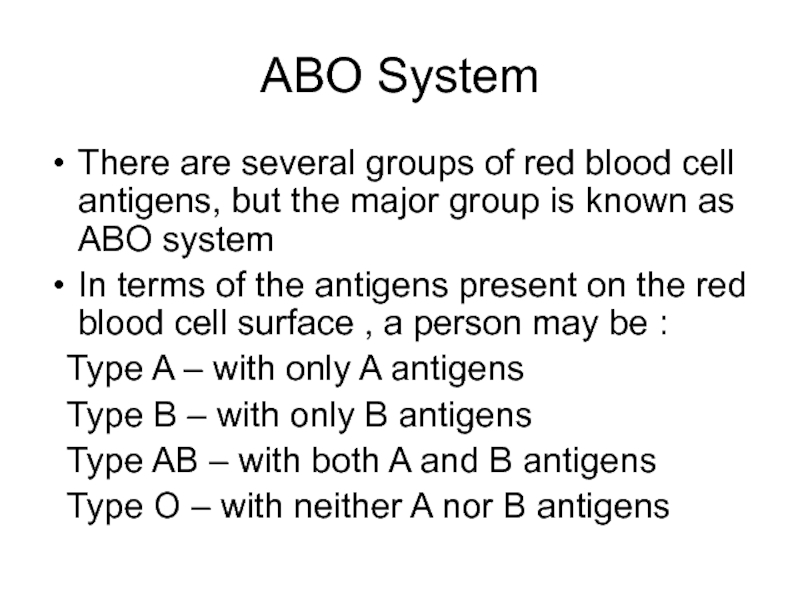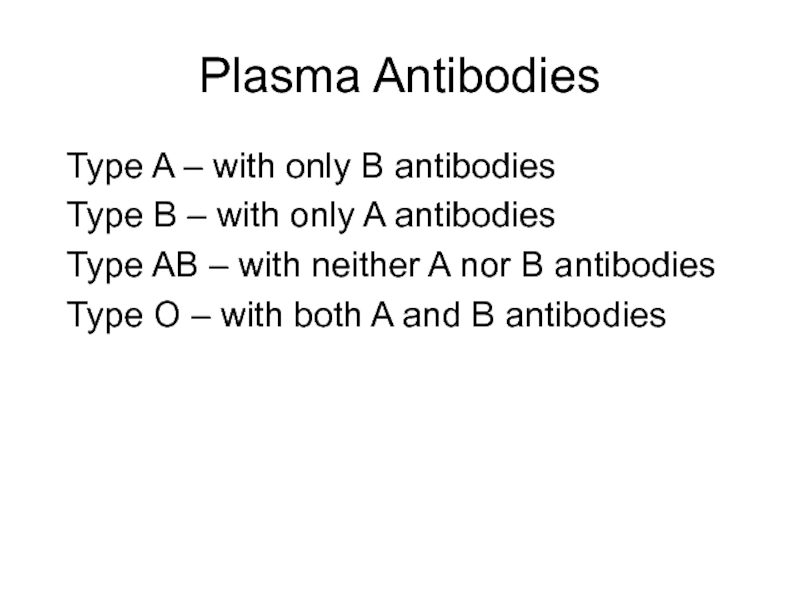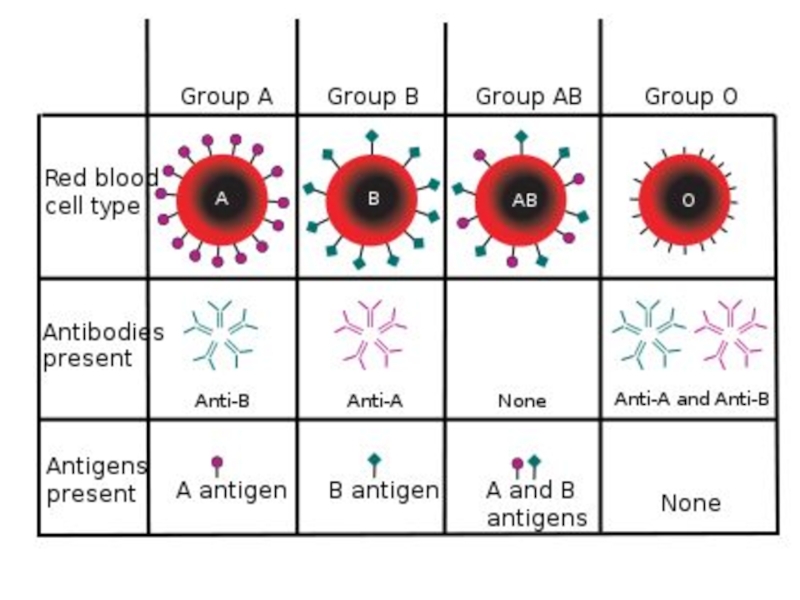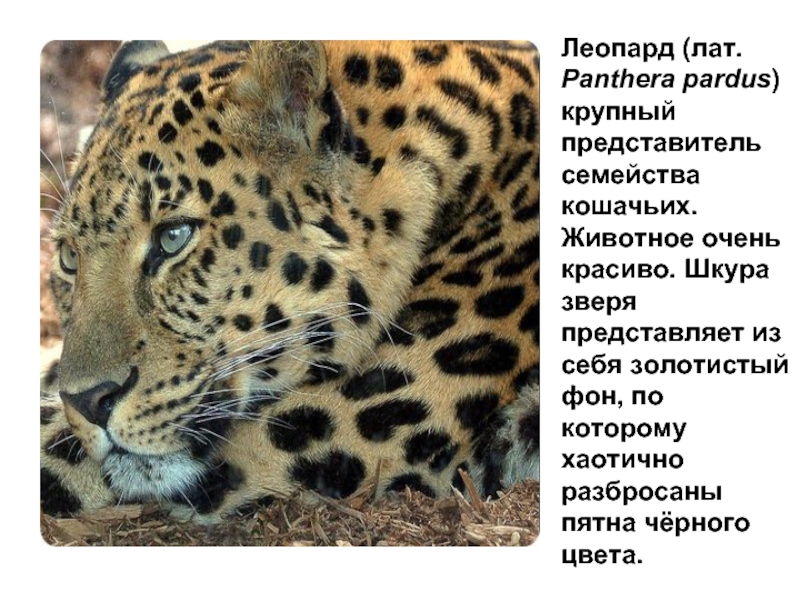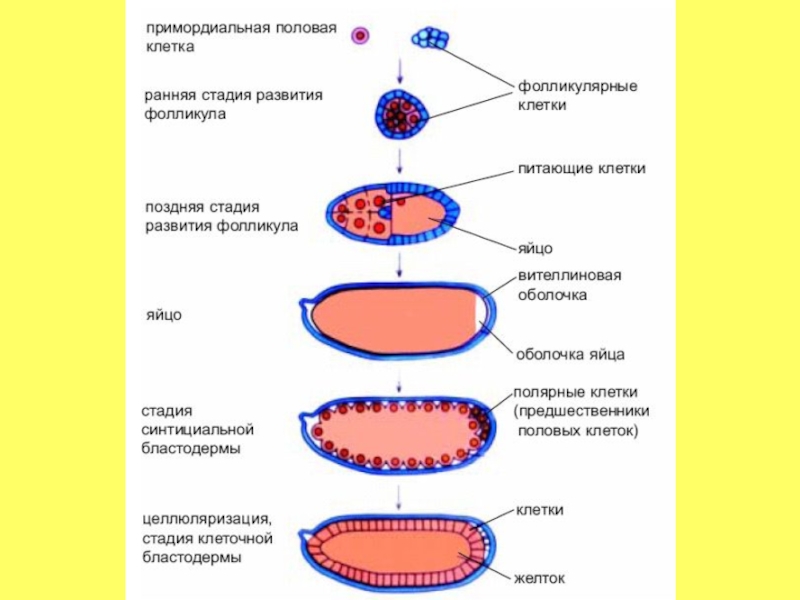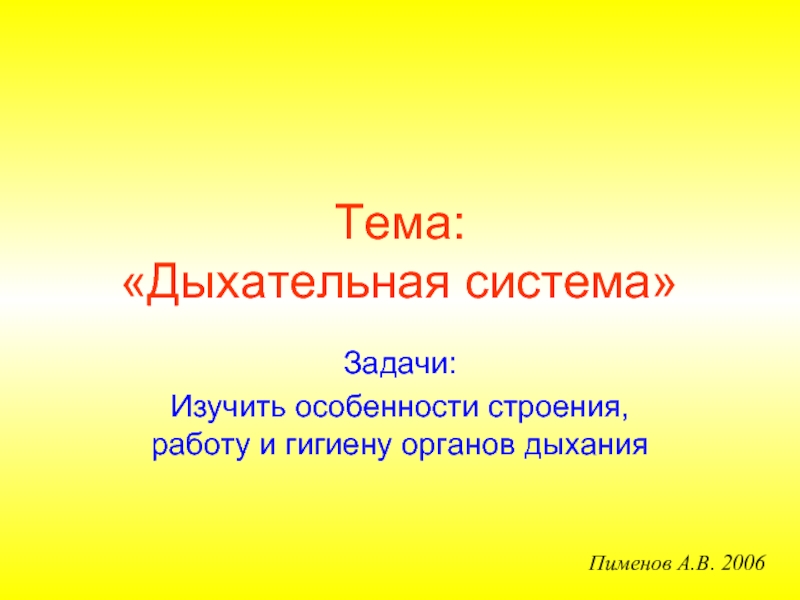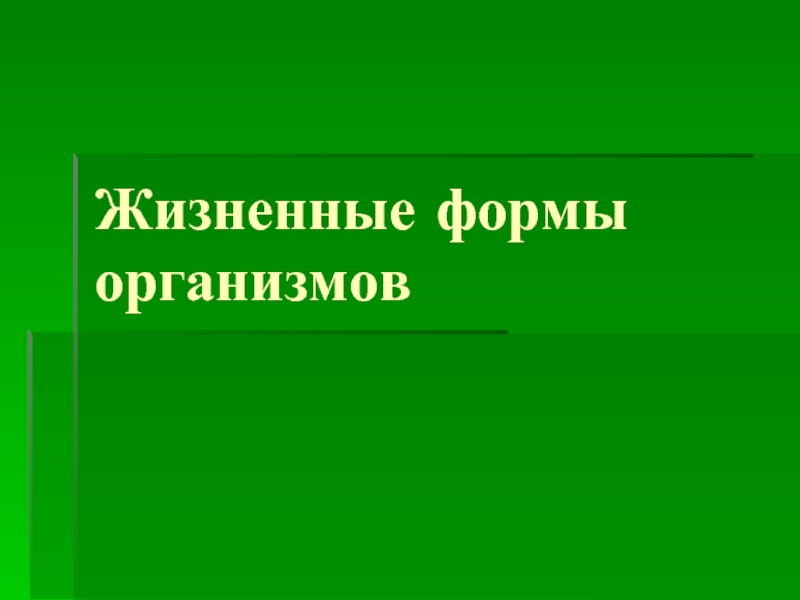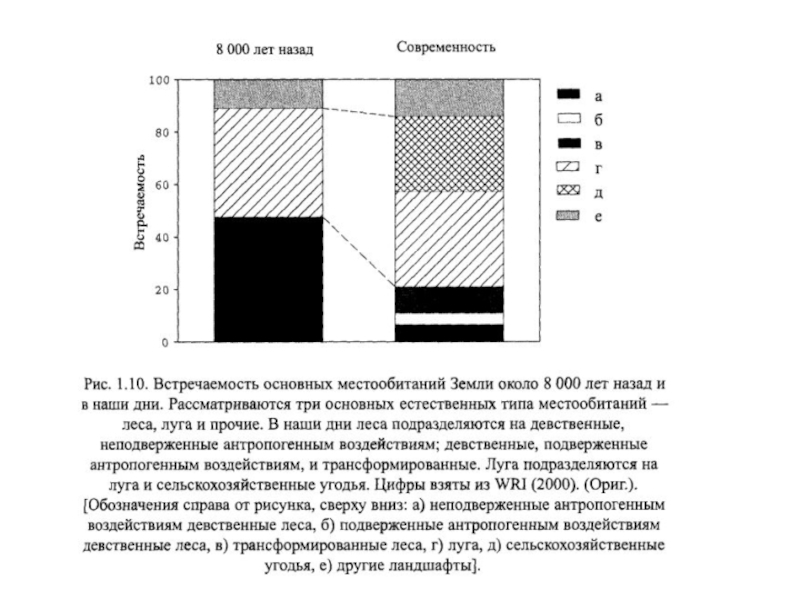- Главная
- Разное
- Дизайн
- Бизнес и предпринимательство
- Аналитика
- Образование
- Развлечения
- Красота и здоровье
- Финансы
- Государство
- Путешествия
- Спорт
- Недвижимость
- Армия
- Графика
- Культурология
- Еда и кулинария
- Лингвистика
- Английский язык
- Астрономия
- Алгебра
- Биология
- География
- Детские презентации
- Информатика
- История
- Литература
- Маркетинг
- Математика
- Медицина
- Менеджмент
- Музыка
- МХК
- Немецкий язык
- ОБЖ
- Обществознание
- Окружающий мир
- Педагогика
- Русский язык
- Технология
- Физика
- Философия
- Химия
- Шаблоны, картинки для презентаций
- Экология
- Экономика
- Юриспруденция
Immune function of blood презентация
Содержание
- 1. Immune function of blood
- 2. Function 3 major functions Transportation Regulation Protection
- 3. Transportation Respiratory Red blood cells or
- 4. Excretory Metabolic wastes, excess water and ions
- 5. Regulation Hormonal Blood carries hormones from
- 6. Protection Clotting The clotting mechanism protects
- 7. Composition of the Blood Blood consists of
- 9. RBC/ Erythrocytes An RBC is a 7.5
- 10. Erythrocytes are produced in bone marrow Older
- 12. Antigens are embedded in the cell membrane,
- 13. White Blood Cells/Leukocytes Leukocytes contain nuclei and
- 14. Types The total number of WBCs
- 15. Granulocytes, are of three types:
- 16. Agranulocytes are of two types
- 17. Neutrophils
- 18. Eosinophils Monocytes
- 19. Basophils Lymphocytes
- 20. Platelets Platelets are only about 20% of
- 21. They are fragments of cells called megakaryocytes,
- 22. Platelets that attach together in a blood
- 23. Red Blood Cell Antigens and Blood Typing
- 24. ABO System There are several groups of
- 25. Type A – with only B
- 27. Thank you for attention...
Слайд 3Transportation
Respiratory
Red blood cells or erythrocytes transport Oxygen from lungs to cells
and Carbon dioxide from cells to lungs
Nutritive
Blood absorb nutrients from digested foods in gastrointestinal tract and transport to all the cells in body
Nutritive
Blood absorb nutrients from digested foods in gastrointestinal tract and transport to all the cells in body
Слайд 4Excretory
Metabolic wastes, excess water and ions , and other molecules not
needed by the body are carried by the blood to the kidneys and excreted in the urine
Слайд 5Regulation
Hormonal
Blood carries hormones from their site of origin to distant target
tissues , where they perform the regulatory functions
Temperature
Blood is responsible to carry body heat to the surface in high temperature environment as well as to keep body heat in within low temperature environment
Temperature
Blood is responsible to carry body heat to the surface in high temperature environment as well as to keep body heat in within low temperature environment
Слайд 6Protection
Clotting
The clotting mechanism protects against blood loss when vessels are damaged
Immune
The
immune function of blood is performed by the leukocytes that protects against many disease causing agents
Слайд 7Composition of the Blood
Blood consists of formed elements that are suspended
and carried in a fluid called plasma
The formed elements
Erythrocytes Oxygen transport
Leukocytes Immune defence
Platelets Blood clotting
The formed elements
Erythrocytes Oxygen transport
Leukocytes Immune defence
Platelets Blood clotting
Слайд 9RBC/ Erythrocytes
An RBC is a 7.5 micron disc shaped body with
a central depression
The cell is without a nucleus or mitochondria
AN RBC contains hemoglobin and filamentous proteins attached to the cell wall to impart flexibility on it
Life span 120 days
The cell is without a nucleus or mitochondria
AN RBC contains hemoglobin and filamentous proteins attached to the cell wall to impart flexibility on it
Life span 120 days
Слайд 10Erythrocytes are produced in bone marrow
Older erythrocytes are removed from the
circulation by phagocytic cells in the liver, spleen and bone marrow.
Слайд 12Antigens are embedded in the cell membrane, they decide the blood
group
The RBC cytoplasm provides energy to maintain intracellular homeostasis
This energy is generated mostly through anaerobic glycolysis
RBCs function is gas exchange: O2 to the tissues and CO2 to the lungs
The RBC cytoplasm provides energy to maintain intracellular homeostasis
This energy is generated mostly through anaerobic glycolysis
RBCs function is gas exchange: O2 to the tissues and CO2 to the lungs
Слайд 13White Blood Cells/Leukocytes
Leukocytes contain nuclei and mitochondria and can move in
an amoeboid fashion
Because of their amoeboid ability, leukocytes can squeeze through pores in capillary walls and move to a site of infection.
Produced in bone marrow and destructed in spleen
Because of their amoeboid ability, leukocytes can squeeze through pores in capillary walls and move to a site of infection.
Produced in bone marrow and destructed in spleen
Слайд 14Types
The total number of WBCs is 4000 to 11,000/mm3
There
two main types of WBCs: granulucytes and agranulocytes
Слайд 15Granulocytes, are of three types:
Neutrophils (polymorphs)
50-70%, destroy bacteria
Eosinophils, 2-4% bilobed nuclei, attack parasites
Basophils, 1% in peripheral blood, reside in the tissues, contain histamine, involved in hypersensitivity reaction
Eosinophils, 2-4% bilobed nuclei, attack parasites
Basophils, 1% in peripheral blood, reside in the tissues, contain histamine, involved in hypersensitivity reaction
Слайд 16Agranulocytes are of two types
Lymphocytes, the smallest and second
most abundant
T cells (80%) mediate cellular immunity
B cells mediate humoral immunity
Monocytes, the largest, migrate to the tissues and become macrophages involved in cellular immunity
T cells (80%) mediate cellular immunity
B cells mediate humoral immunity
Monocytes, the largest, migrate to the tissues and become macrophages involved in cellular immunity
Слайд 20Platelets
Platelets are only about 20% of the diameter of red blood
cells, the most numerous cell of the blood.
The normal platelet count is 150,000-350,000 per microliter of blood
Platelets are produced in bone marrow and destroyed in the spleen and liver
Life span 5 to 9 days
The normal platelet count is 150,000-350,000 per microliter of blood
Platelets are produced in bone marrow and destroyed in the spleen and liver
Life span 5 to 9 days
Слайд 21They are fragments of cells called megakaryocytes, they have no nuclei
but like leukocytes are capable of amoeboid movements
Platelets play an important role in blood clotting
They constitute most of the mass of the clot, and phospholipids in their cell membranes activate the clotting factors in plasma that result in threads of fibrin, which reinforce the platelet plug.
Platelets play an important role in blood clotting
They constitute most of the mass of the clot, and phospholipids in their cell membranes activate the clotting factors in plasma that result in threads of fibrin, which reinforce the platelet plug.
Слайд 22Platelets that attach together in a blood clot release serotonin ,
a chemical that stimulates constriction of blood vessel.
Platelets
Слайд 24ABO System
There are several groups of red blood cell antigens, but
the major group is known as ABO system
In terms of the antigens present on the red blood cell surface , a person may be :
Type A – with only A antigens
Type B – with only B antigens
Type AB – with both A and B antigens
Type O – with neither A nor B antigens
In terms of the antigens present on the red blood cell surface , a person may be :
Type A – with only A antigens
Type B – with only B antigens
Type AB – with both A and B antigens
Type O – with neither A nor B antigens
Слайд 25 Type A – with only B antibodies
Type B
– with only A antibodies
Type AB – with neither A nor B antibodies
Type O – with both A and B antibodies
Type AB – with neither A nor B antibodies
Type O – with both A and B antibodies
Plasma Antibodies
